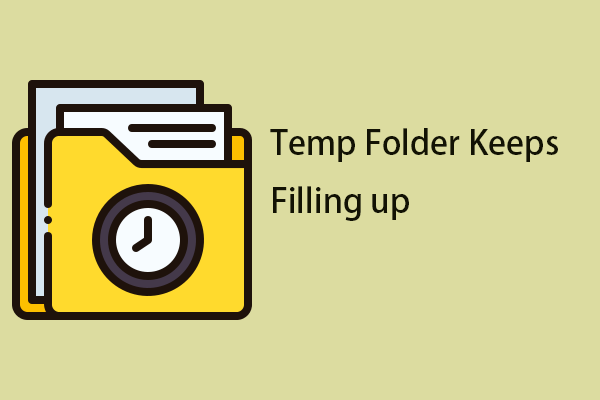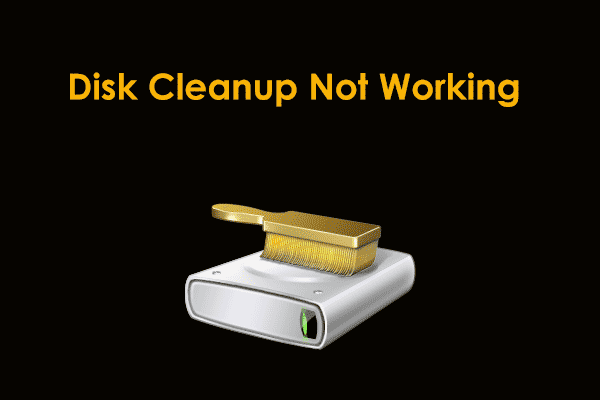Are temporary files taking up too much space on your PC? Don’t worry. To address this boresome issue, you can run MiniTool System Booster, use Disk Cleanup, clear the Temp folder, and set up Storage Sense for automatic cleanup.
Temporary Files Taking up Too Much Space
On a Windows computer, your hard drive may be constantly running out of space, but you don’t know the culprit. In this case, consider checking temporary files.
Temporary files are data created by a computer program to store information temporarily while the program is running. They are often stored in the Temp folder in the C drive. Typically, these temporary files will be deleted automatically after the task is complete.
However, these files can take up too much space. Sometimes, they use tens of gigabytes or more, and you don’t even notice it.
Why are temporary files taking up too much space? Here are various reasons, including:
- Web browsing cache: Temporary internet files can make websites load faster. However, these files can grow very large over time, especially with heavy browsing.
- Application-generated files: These files are not cleaned up automatically due to an app crash, leading to clutter over time.
- System files and updates: The OS and Windows updates also generate temporary files that grow quite large. For example, Windows.old stores files from a previous Windows installation. Besides, leftovers from incomplete updates can accumulate and use up significant space.
- Other temporary data: Windows thumbnail cache and other app-specific temporary data can still take up much space.
How to Fix a Large Amount of Temporary Files Windows 11/10
To resolve your issue, follow the instructions below to run MiniTool System Booster, Disk Cleanup, and Storage Sense, and clear the Temp folder.
#1. Run a Deep Clean via MiniTool System Booster
If you find temporary files are taking up gigabytes of space, you should perform a deep clean to delete unnecessary files. Here, MiniTool System Booster, an all-in-one PC tune-up software, can help you out.
It comes with the Deepclean feature, which digs deeper into the corners of your computer that normal scans cannot look at and cleans out clutter. Specifically, it can remove Windows junk files, clear browsing cache and other data, free up RAM, re-align program data, and more.
In addition to PC cleanup, MiniTool System Booster allows you to uninstall apps to free up space, disable intensive background apps, and perform other maintenance tasks. It plays an important role in optimizing the system performance.
Let’s explore how to use this utility to solve the issue of temporary files too big.
Step 1: Download, install, and launch MiniTool System Booster.
MiniTool System Booster TrialClick to Download100%Clean & Safe
Step 2: Expand the drop-down menu, choose Deepclean, and click START CLEAN.
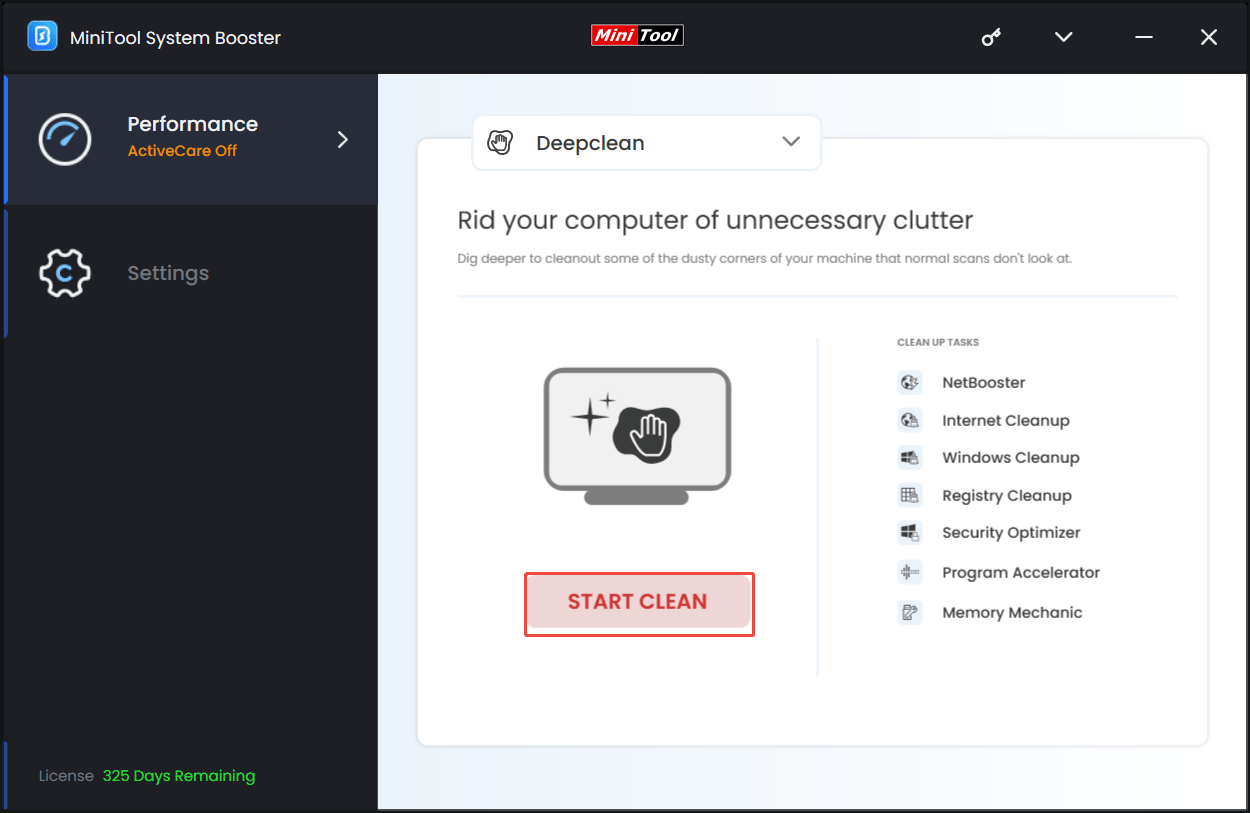
Step 3: The scan covers 7 sections. You can skip the ones you don’t need.
To delete temporary files, don’t ignore Internet Cleanup and Windows Cleanup. Just follow the prompts to do these tasks.
- Internet Cleanup deletes internet junk files, browser cache files, and other data.
- Windows Cleanup empties the Recycle Bin and removes log files, memory dump files, temporary files, broken shortcuts, and other junk files.
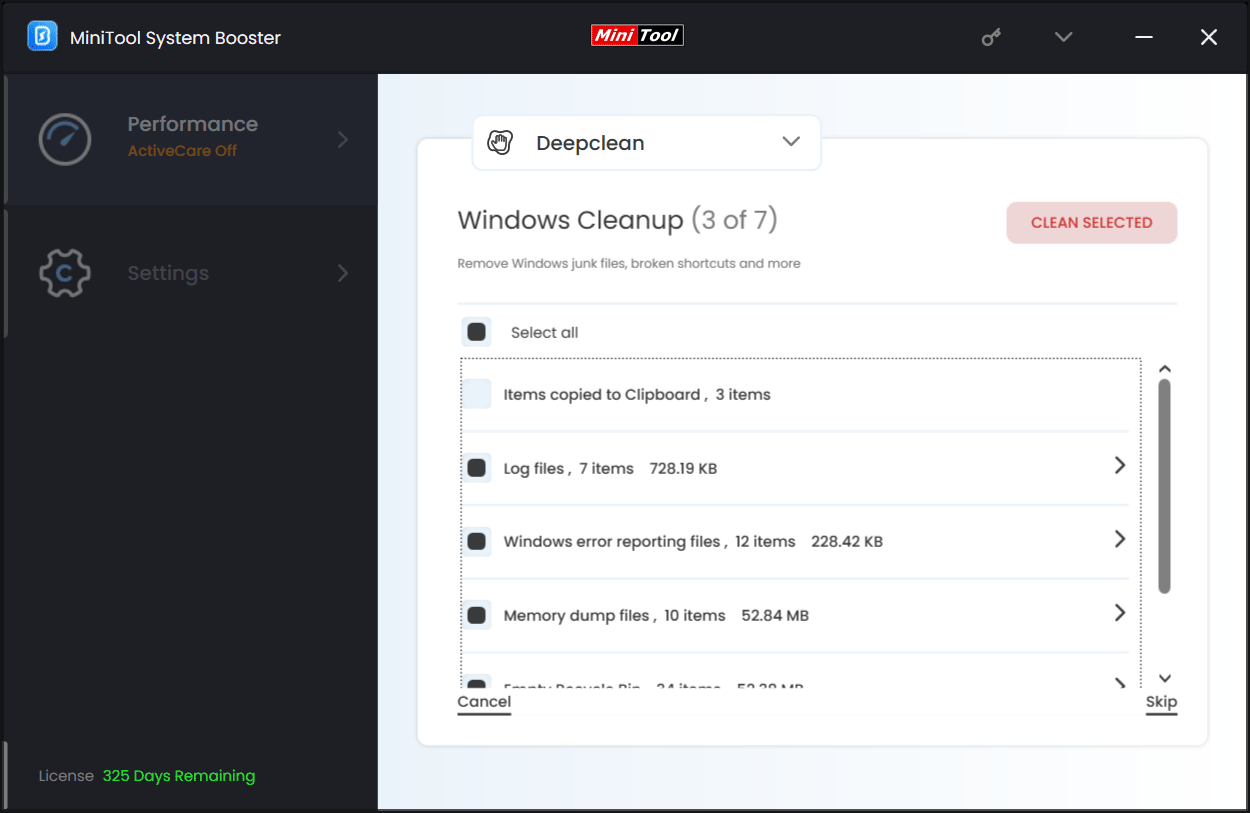
Step 4: In addition to a deep clean, we recommend configuring the software to perform the automatic PC care task.
To maintain the machine at once, go to Performance Home, click RUN SCAN to scan the system, and click FIX ISSUES. If you enable ActiveCare, MiniTool System Booster will regularly scan your PC in the background.
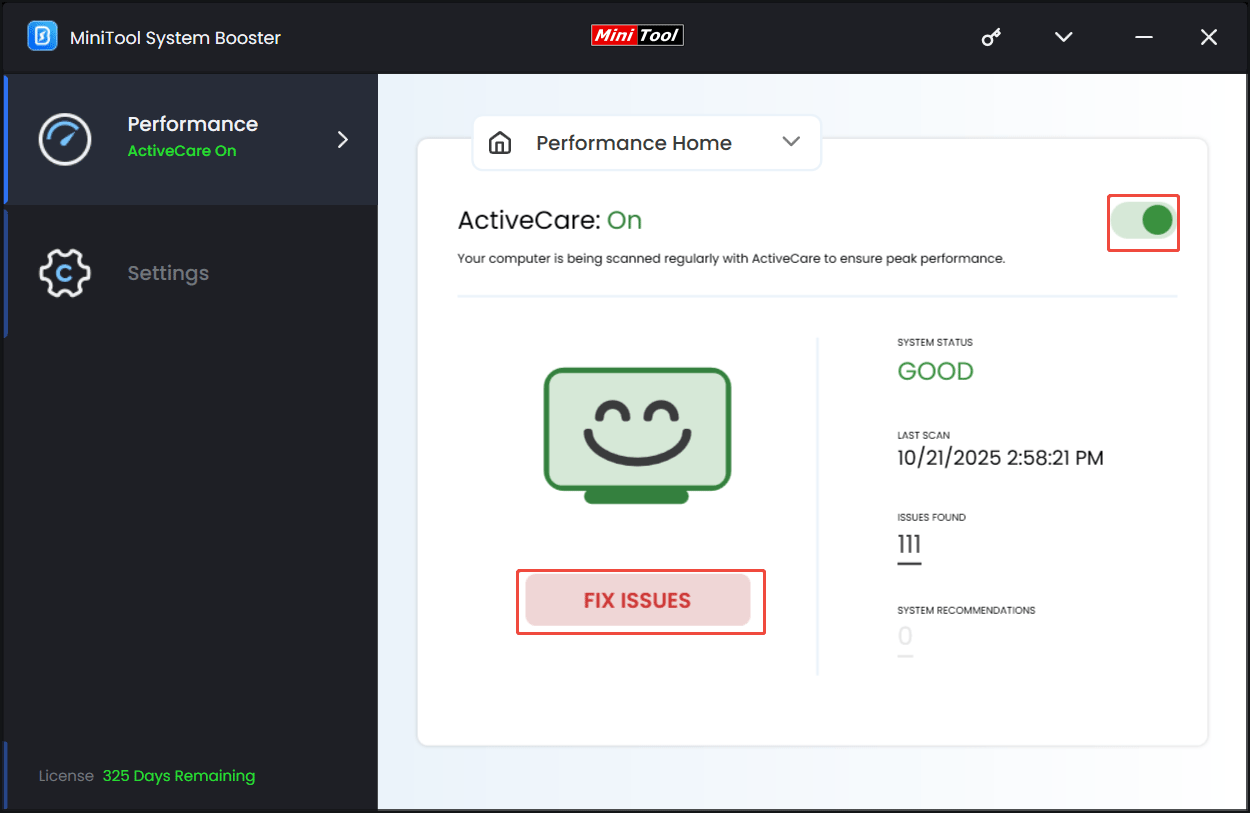
After that, temporary files won’t take up too much space.
#2. Use Disk Cleanup
Windows has a built-in utility, Disk Cleanup. It helps you easily remove unnecessary files like temporary files, old system files, and other junk files to free up space.
When experiencing temporary files taking up too much space, running this tool can release much storage space.
Step 1: In the Search box, type disk cleanup and press Enter to launch this tool.
Step 2: Select the system drive C and click OK.
Step 3: Select the files you want to delete and choose OK > Delete Files.
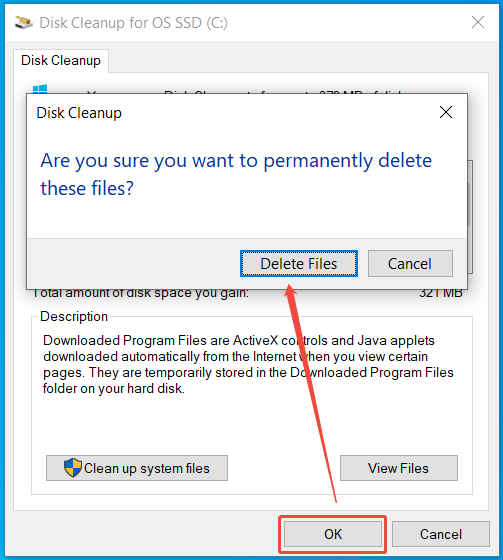
Step 4: Click Clean up system files, choose the C drive, select items, and delete them.
#3. Set up Automatic Temporary Files Cleanup via Storage Sense
Storage Sense in Windows 11/10 can free up disk space by deleting temporary files. You can enable this feature and configure it to automatically delete unnecessary temp files.
Step 1: Navigate to Settings > System > Storage.
Step 2: To delete temporary files immediately, hit that section, tick the items you want to delete, and click Remove files.
Step 3: In Windows 10, enable Storage Sense, and click Configure Storage Sense or run it now. In Windows 11, switch the toggle of Automatic User content cleanup to On.
Step 4: Choose how frequently you want the system to run Storage Sense and when to delete files in your Recycle Bin and the Downloads folder.
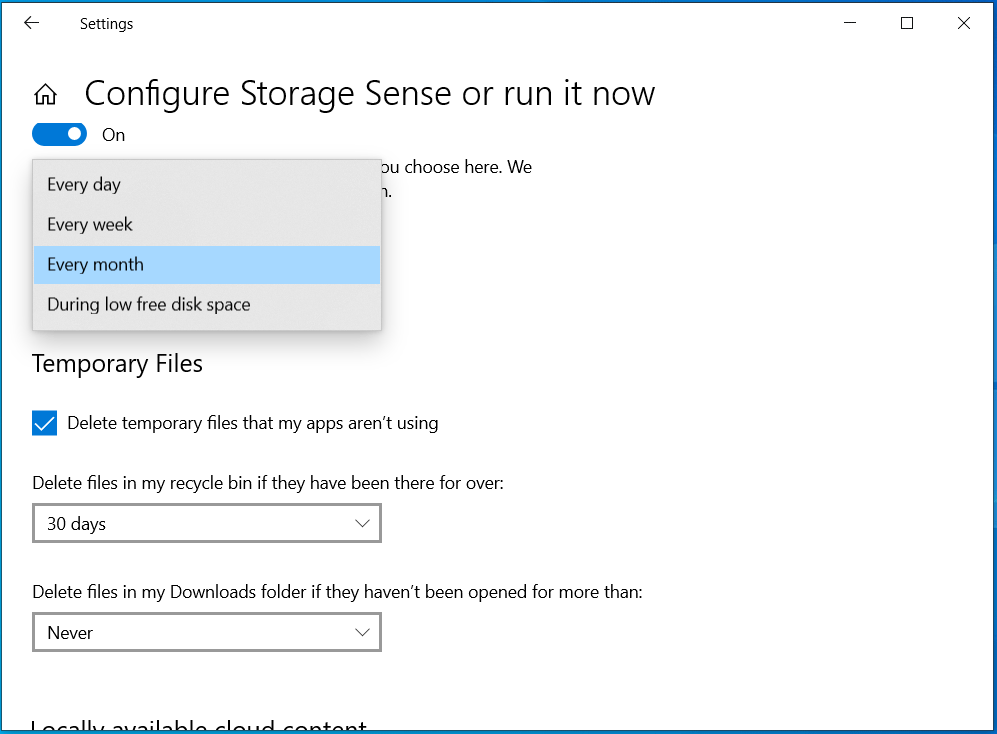
#4. Delete the Temp Folder
To resolve the temporary files huge issue, manually deleting this folder is worth recommending.
Here is a tutorial:
Step 1: Press Win + R to launch the Run window.
Step 2: Type %temp% and press Enter to open the Temp folder.
Step 3: Press Ctrl + A to choose all the temporary files, right-click on them, and choose Delete.
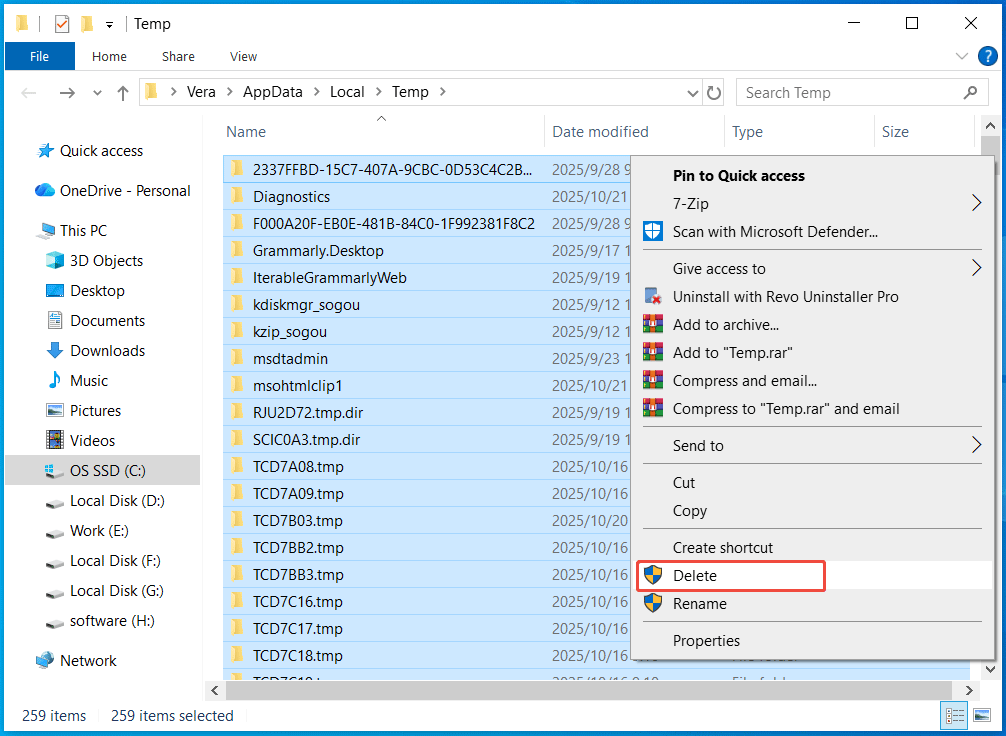
Step 4: Additionally, go to C:\Windows\Temp in File Explorer and delete system-level temporary files.
Bottom Line
To sum up, it is easy to address the issue of temporary files taking up too much space. Just follow the methods above to get out of the trouble.
Moreover, we strongly recommend running the PC optimizer, MiniTool System Booster, to tune up your computer to boost the system performance. If you encounter issues with this software, contact us at [email protected].


